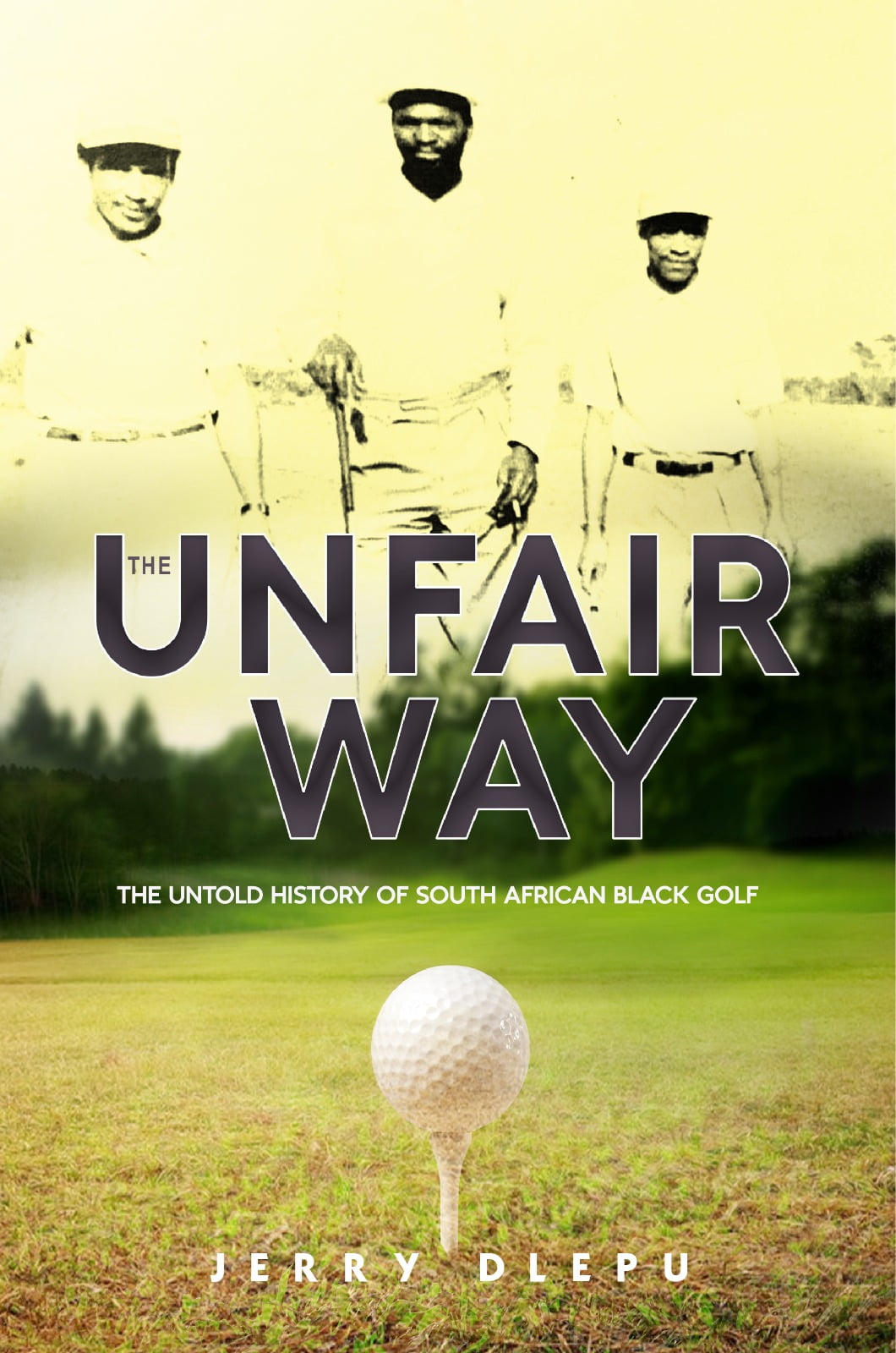SWINGING FOR EQUALITY: THE TRIUMPHS AND CHALLENGES OF BLACK GOLFERS IN SOUTH AFRICA

Sports have always been an integral part of South African culture, with a diverse range of games that reflect the rich heritage of the country. However, the history of sports in South Africa has been deeply entangled with the issue of racial discrimination, particularly in the case of golf. Golf, a game that originated in Scotland, was adopted by non-whites in the country but was limited for centuries due to racial discrimination that prevented non-Europeans from participating in the sport.
Jerry Dlepu, a golfer and a businessman, has written a book that aims to reverse the poor history of black golfers in South Africa. The book not only reflects on the political, social, and economic aspects among non-whites, particularly in the country’s labour reserves known as townships but also depicts the joy and pain of those who struggled against all odds to emerge as professional golfers. Through the stories of individual players like Norman Mashaba and Vincent Tshabalala, the book highlights the collective struggle against the injustice that was pervasive even in sports.
The history of the involvement of blacks in golf has not been recorded to the satisfaction of those who were involved from the beginning. This book thus provides a platform for people to tell their own stories and experiences in their own words so that they are not misunderstood or manipulated. The stories shared in the book are about people whom many have never heard of and a select few who were able to permeate the barriers put in place to prevent them from prospering.
While golf is considered an individual sport, ironically is the most funded sport. It’s elitism and exclusiveness seems to be endorsed by funders including some government departments who seem to think that tourism goals can be achieved through this one exclusive sport.
The book is packaged in a few chapters that discuss the good and bad experiences of black golfers on white golf courses. It is not inconsistent with the poor rationale of colonization and apartheid, which were declared a “crime against humanity” by the United Nations Assembly.
In conclusion, Dlepu’s book is an important addition to the discourse on the history of sports in South Africa, particularly golf. By shedding light on the struggles of black golfers against racial discrimination, the book provides a platform for their stories to be told and recognized. It is a must-read for anyone interested in the intersection of sports, history, and social justice in South Africa.
Leave a comment
